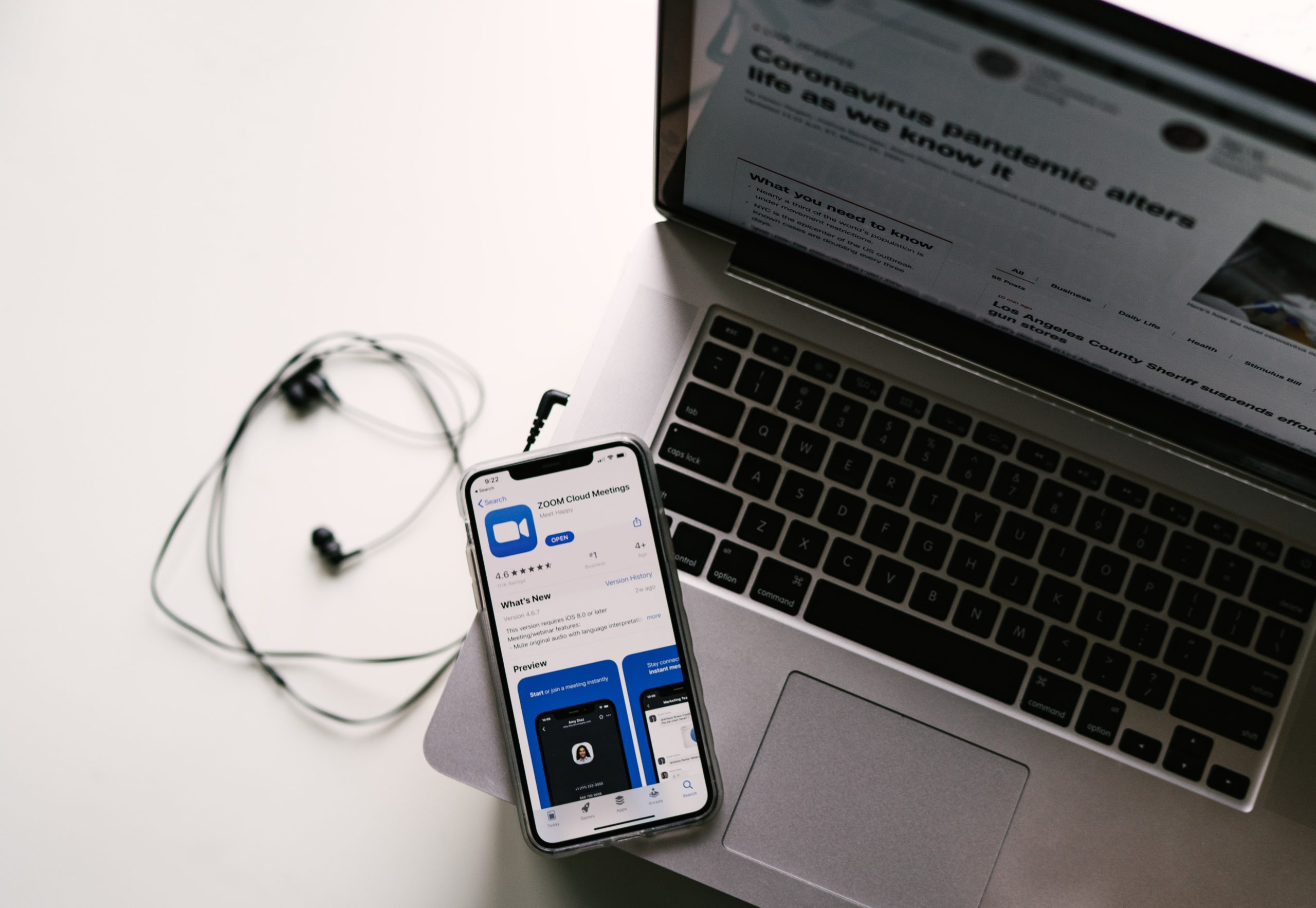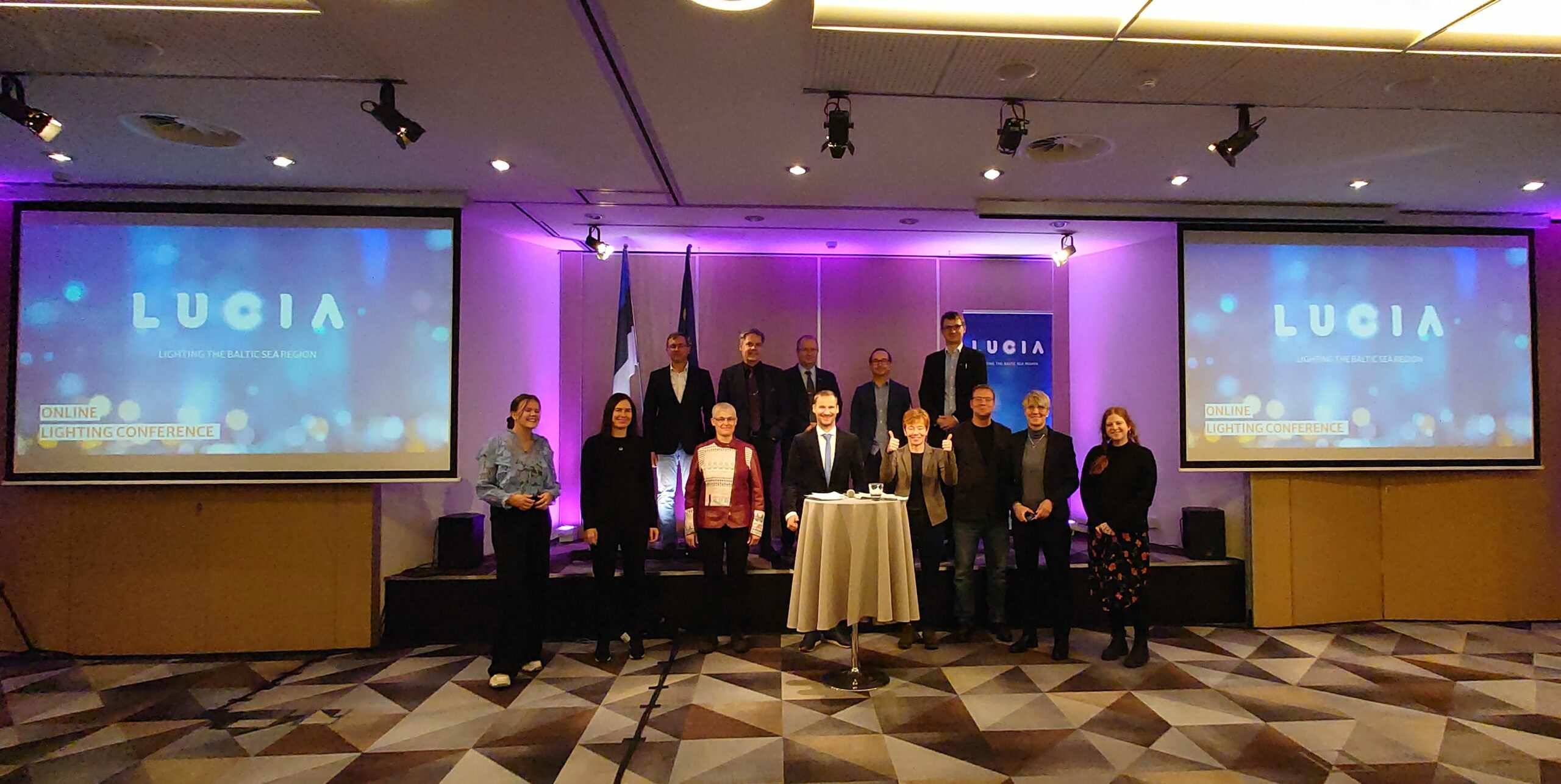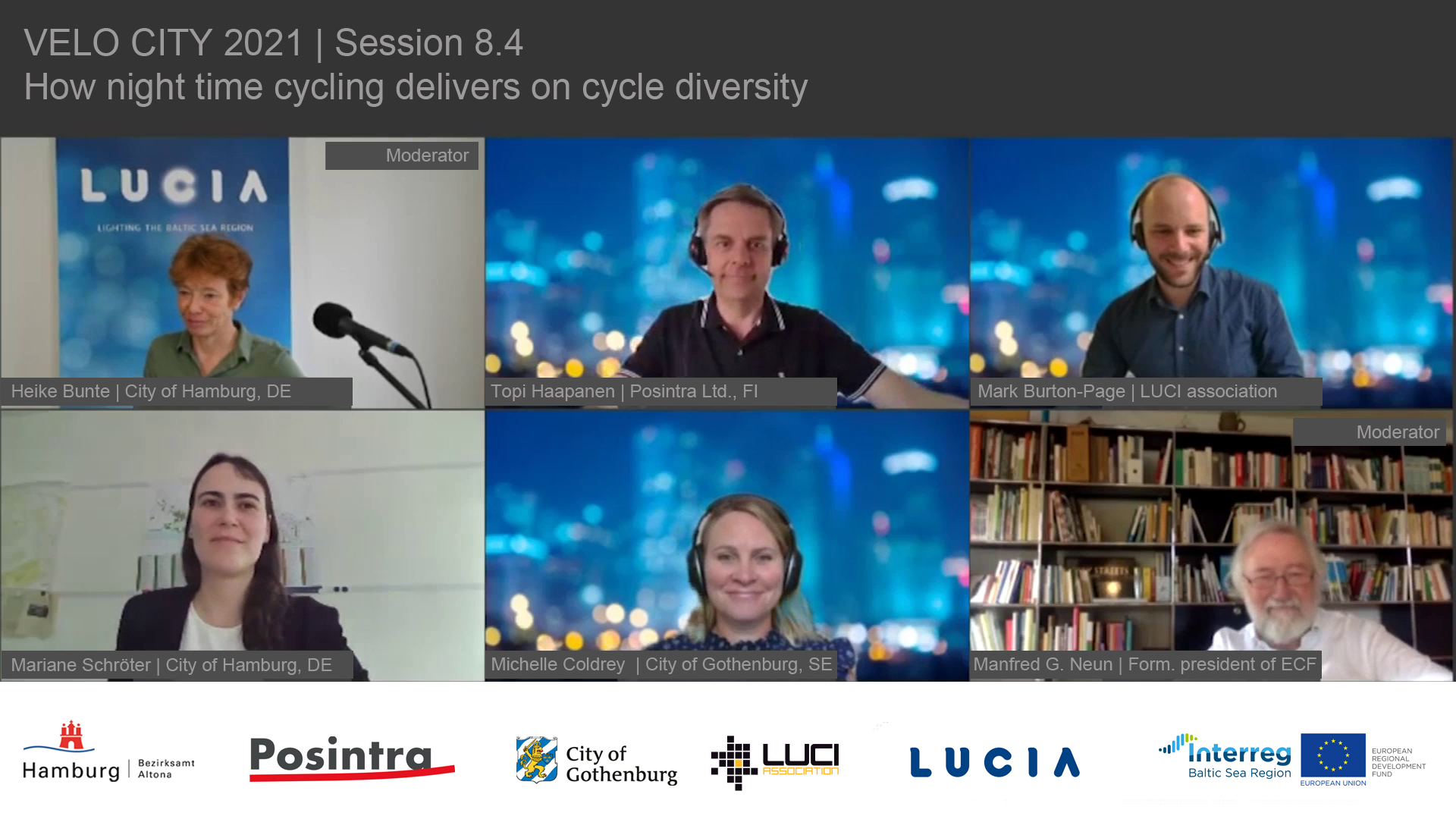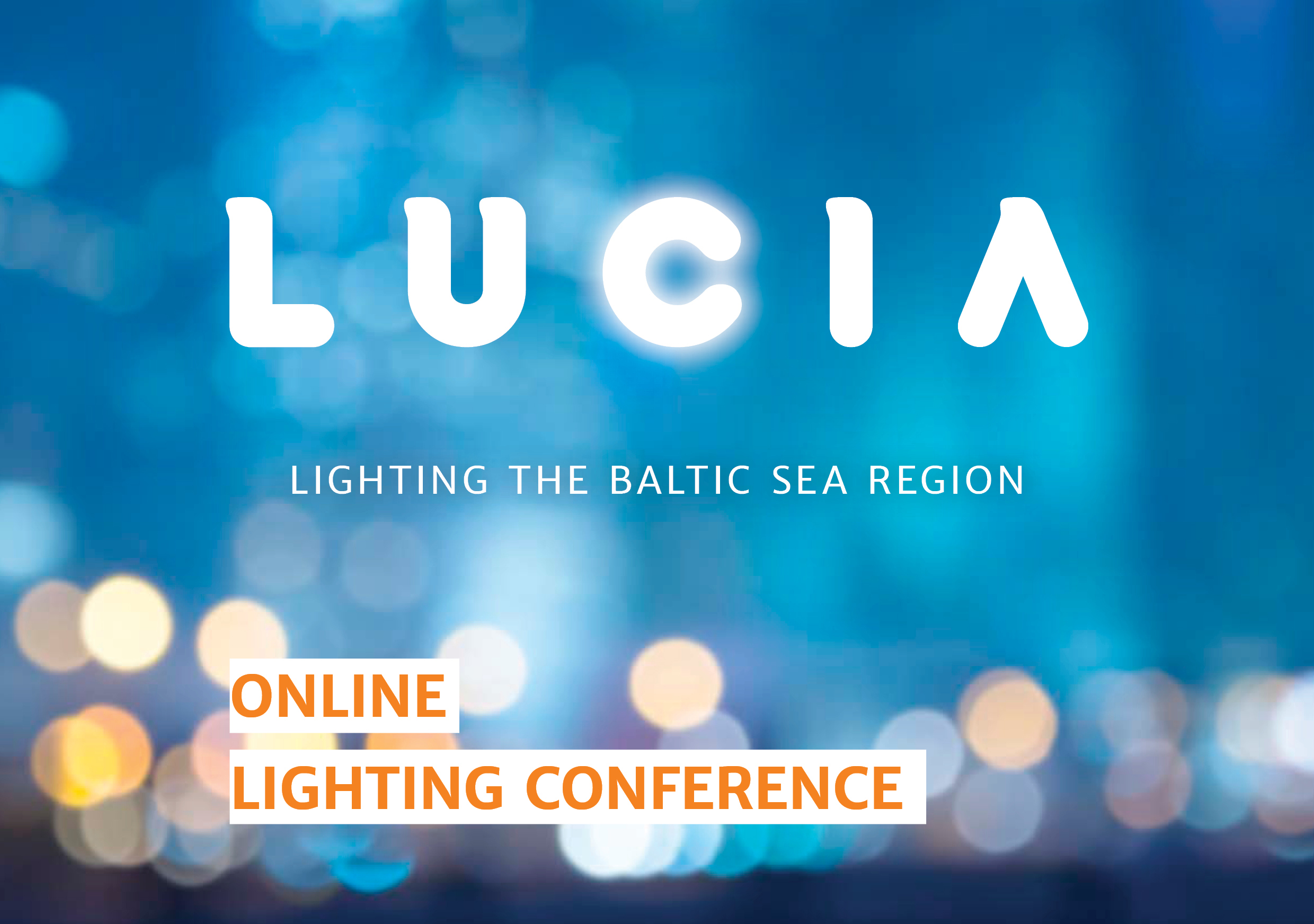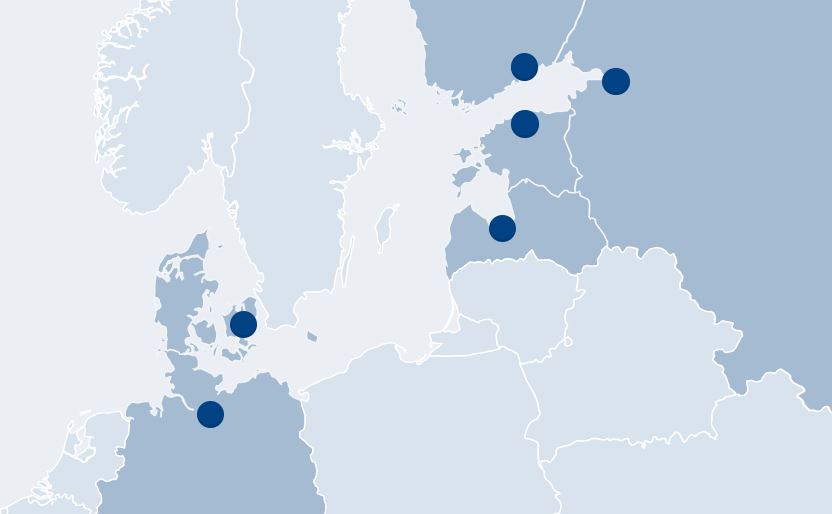We are currently all confronted with the COVID-19 pandemic. This has implications on LUCIA activities such as co-creational workshops or replication seminars that depend on physical meetings. LUCIA pilot cities Porvoo and Hamburg have developed creative digital approaches to involve citizens and other stakeholders in the development of their respective lighting solutions.
Porvoo: virtual vision workshop a great success
The city of Porvoo, supported by its subcontractor Ramboll Finland, and in collaboration with Posintra, adapted their plans for a pilot site vision workshop and successfully held this workshop virtually on 16 April 2020. In the vision workshop, 10 local entrepreneurs, marketing and tourism experts, members of the disability council and residents were involved. In a first part, they learned about the starting points and objectives of the lighting planning at the Porvoo pilot site. Using the online collaboration tool Mural, they then jointly developed a vision for Länsiranta lighting in three smaller sub groups.
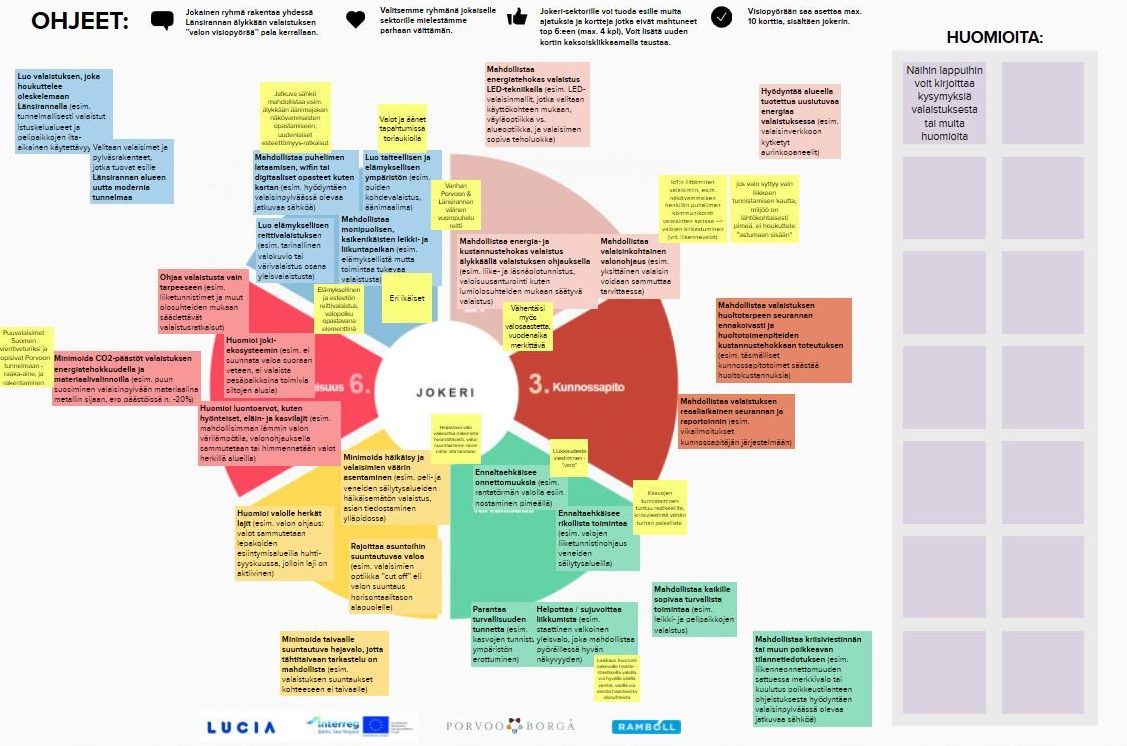
Participants’ feedback to the virtual vision workshop was very positive and the city of Porvoo could gather some useful hints and ideas. For example, participants came to the conclusion that audio installations in the lamp post could help visually impaired persons to enjoy the route and outdoor activities.
Hamburg: map-based questionnaires, virtual lighting walks and telephone interviews
After first co-creational workshops with elderly people, Hamburg’s Borough of Altona planned to continue its activities with target group of handicapped people and experts. However, COVID-19 forced the partner to stop its face-to-face co-creation activities and develop alternative formats and solutions. Therefore, the Borough of Altona, supported by an expert team of the consultancies konsalt and Ulrike Brandi Licht –Lichtplanung und Leuchtenentwicklung, now plans to use a map-based online questionnaire during the coming months. Here, people can indicate where they want to feel safer and what kind of lighting – or no lighting at all – would be suitable from a subjective point of view. Several examples will offer different solutions and provide ideas about latest technological solutions for public lighting. Future perspectives for involving target groups include telephone interviews for target groups such as elderly people, virtual lighting walks and webinars for experts.
The lessons learned in our co-creational activities at all LUCIA pilot sites will be summarised in a report to be published on this website later this year.

